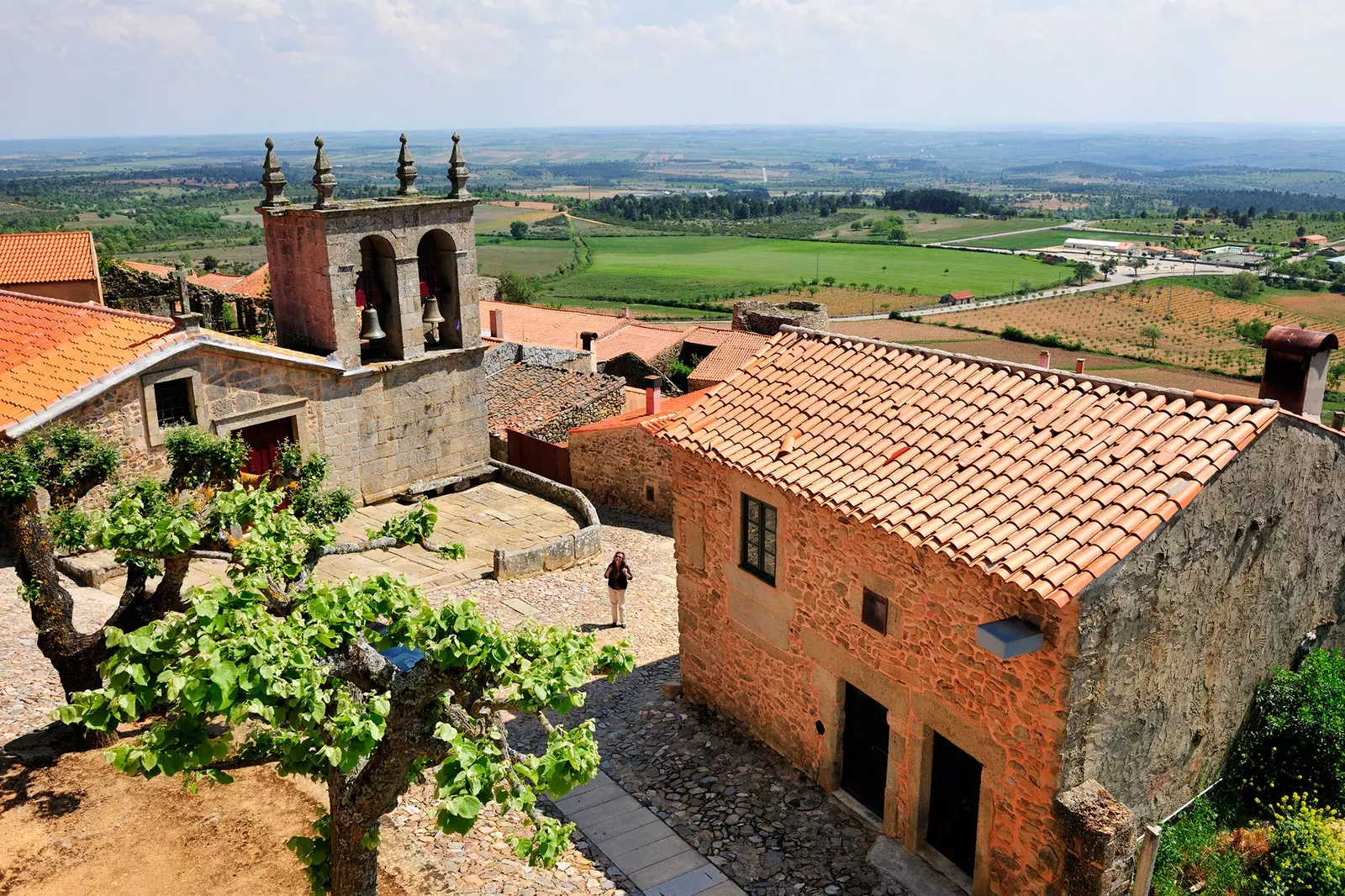
To be happy I want a village in Portugal
All borders have historically been consolidated on the basis of wars, treaties, peace agreements and exchange of favors between monarchies and, later, between states. In the old europe This dynamic starts in time immemorial.
One of the hottest dividing lines during the Middle Ages is the one that today separates Spain from **Portugal**, colloquially known as The line.
It has moved from one side to another several times in territorial disputes involving Castilian, Portuguese and French invaders with the Christian, Hebrew and Arab religion as a backdrop.
One of the leading areas of that period is located in the region Center of Portugal , where are the Historic Villages , a set of 12 border towns with the Spanish provinces of Salamanca and Cáceres that have witnessed centuries of religious disputes, wars, population movements and change of hands from one country to another.
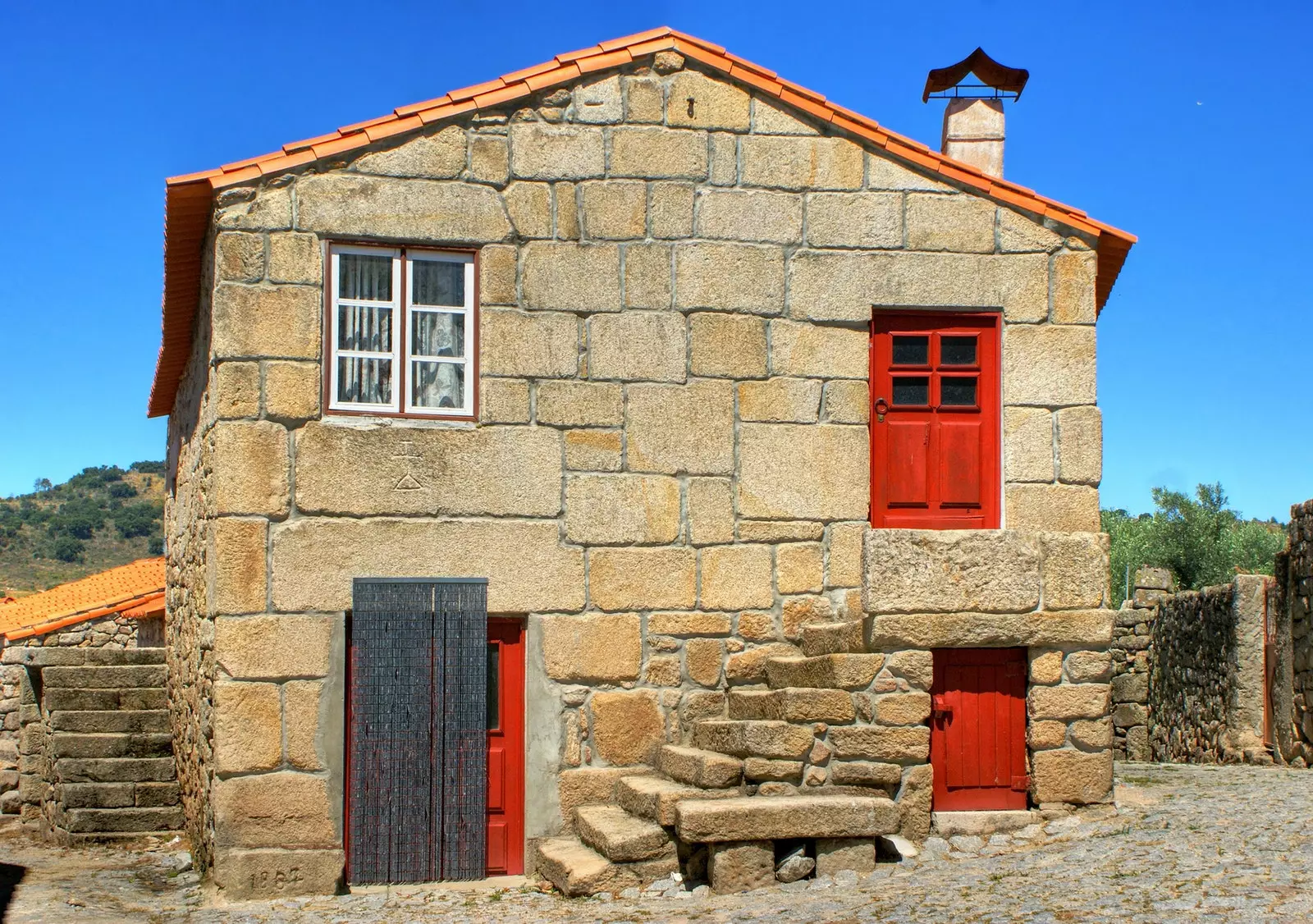
Who would want to get away from it all in a little house like this?
The Historic Villages are today a official tourism brand of Portugal comprising 12 locations: Almeida, Belmonte, Castelo Mendo, Castelo Novo, Castelo Rodrigo, Idanha-a-Velha, Linhares da Beira, Marialva, Monsanto, Piódão, Sortelha and Trancoso.
The network was born as a support strategy between the villages and today it has become one of the most outstanding destinations for rural tourism in Portugal, which has contributed to the recovery of old villages such as historical-cultural heritage.
The villages are a summary of the essence of the Portuguese country: epic landscapes, medieval fortresses, unique gastronomy, rich rural life and small but very interesting museums aimed at explaining the cultural and religious history of these borderlands. We propose a 48 hour route by some of the most significant localities of the network.
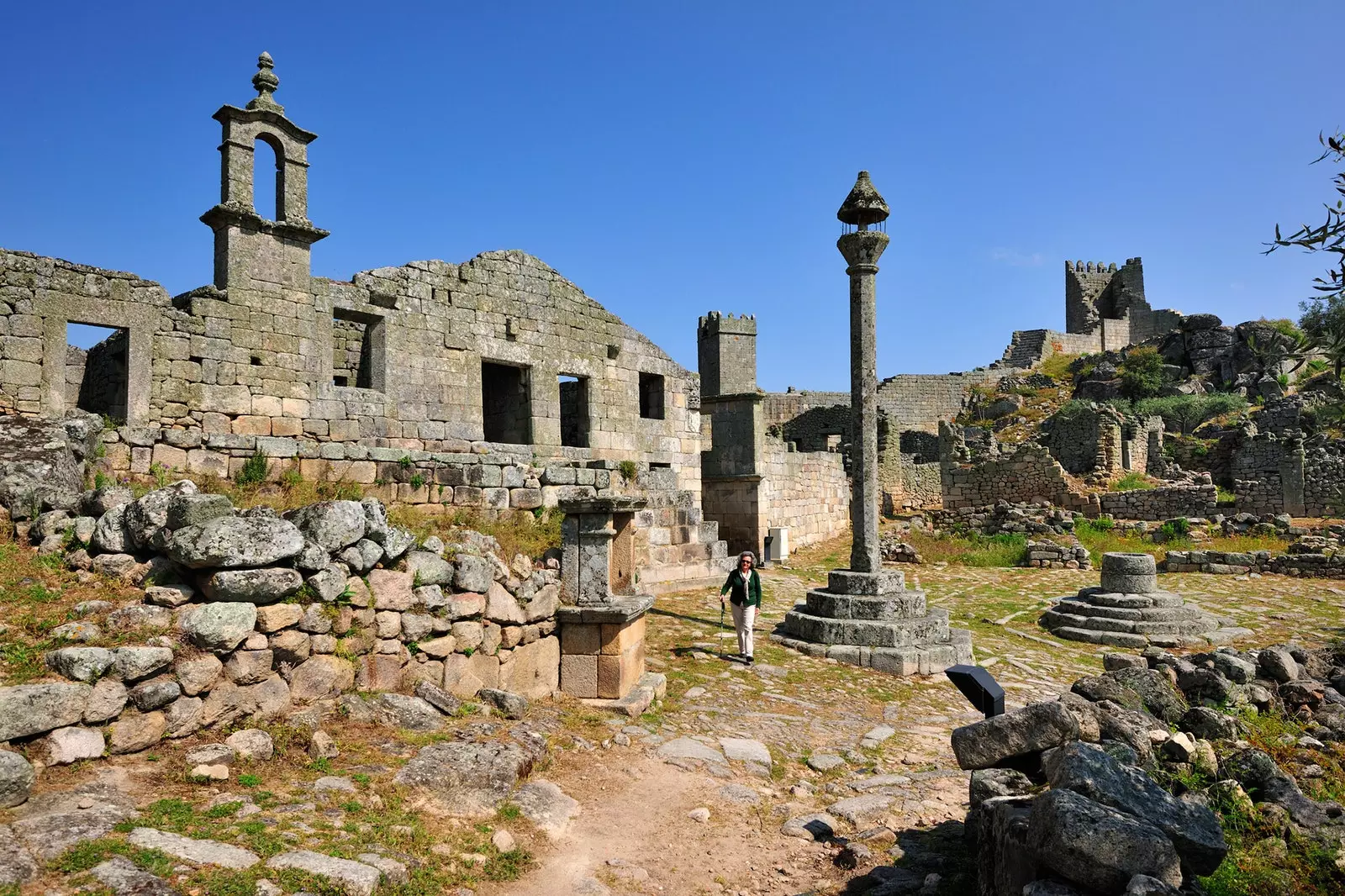
The ruins of Marialva
We start our itinerary spending the night in Guard , former textile empire and one of the main cities of the central region and gateway to both the area of the Historic Villages like the Serra da Estrela.
From Guarda we can take short trips of between half an hour and an hour and a half to most of the villages. The first one we visit is Trancoso , just half an hour north.
Trancoso is a history class of the stone architecture, a jewel surrounded by a wall with a network of narrow alleys that protect from the sun in the harshest hours of midday. Its inhabitants take advantage of it to sit at the door of the house to chat about their things and greet visitors animatedly. Do not be surprised that some neighbor wants to show you the interior of her house.
It is essential to visit the 10th century castle , whose s 15 towers They protected the border with Spain. From the upper tower you can see a large part of the lands of the border line. In the old town we can visit a charming museum in homage to António Gonçalves Annes Bandarra , known simply as Bandarra, a popular prophet and Portuguese writer persecuted in his day by the Inquisition.
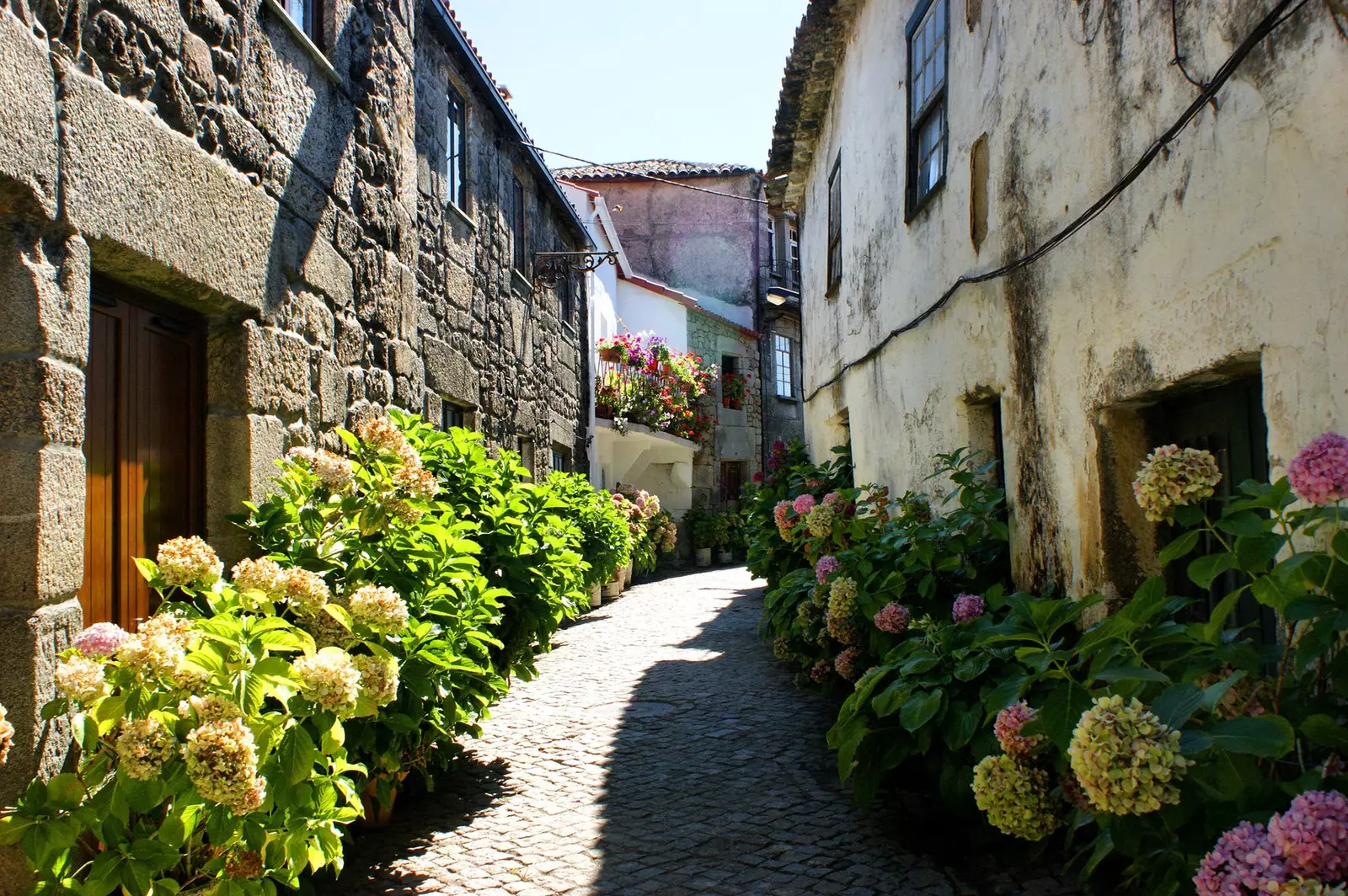
Trancoso, don't be surprised if a neighbor wants to show you the inside of her house
Just 25 minutes northeast we reach Marialva, one of the oldest historical villages. Marialva is perched on a mound , surrounded by a beautiful landscape of crops, olive trees and fruit trees. In the little core of just ten streets we can find up to four religious temples and the unmistakable Portuguese cruzeiro.
Squeeze the hunger. We can go to ** Casa d'Irene ** in the small village of Malpartida, on the border with Spain. There are no indications but you will suddenly find yourself in the dining room of a Portuguese house and Irene herself will serve you the best products in the area , with abundant game, Portuguese style and generous, served from the same pot.
If we leave something on the plate, Irene gets angry . On weekends the place is filled with people from Salamanca who cross the border knowing this fabulous place.
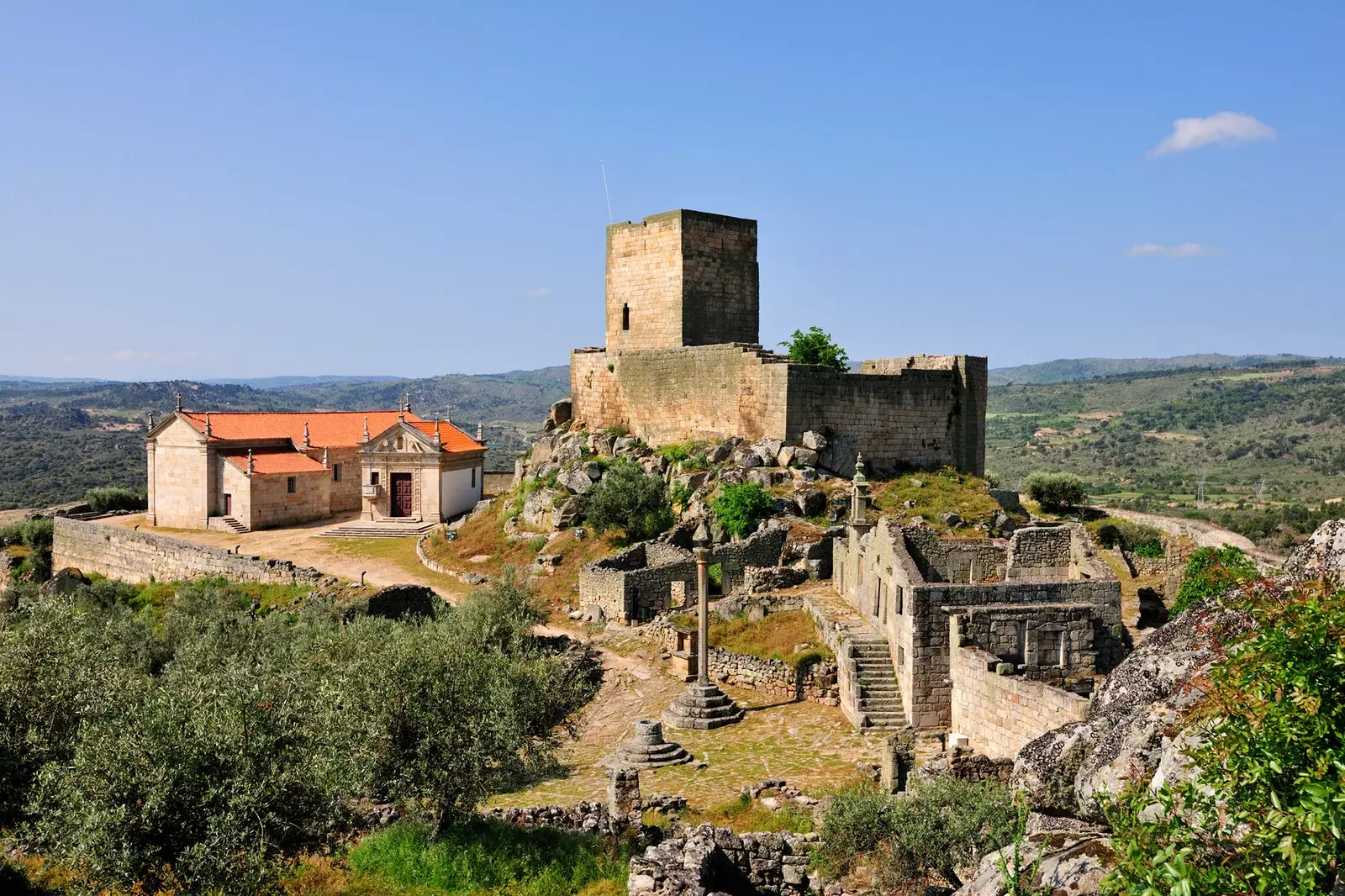
Marialva
In the afternoon, a pleasant journey of less than an hour will lead us, crossing the river coa , a Castle Rodrigo . We are at the border of Portugal, a few kilometers from the Spanish border with the province of Salamanca.
Castle Rodrigo It is a land of wines. And in a local winery we can taste the only pink wine in the world, known as Pink Wine and obtained thanks to a natural process that only occurs due to the climatic conditions of the area. They “invented” it and we can prove it in the Figueira de Castelo Rodrigo Cooperative Winery . They also offer guided tours.
Following the winding line of the border in a southerly direction, we reach Vilar Formoso , border crossing with Spain. A little over a year ago, the Peace Border Museum , which details in detail and crudely the passage through the station of thousands of refugees from all over Europe fleeing World War II, most of them Jews.
The building takes advantage of the station pavilions and refurbished wagons to generate in the visitor the claustrophobia typical of this type of trip. Details with images and audiovisual interviews the history of families split in half and how Portugal also became a host land due to its status as a neutral country.
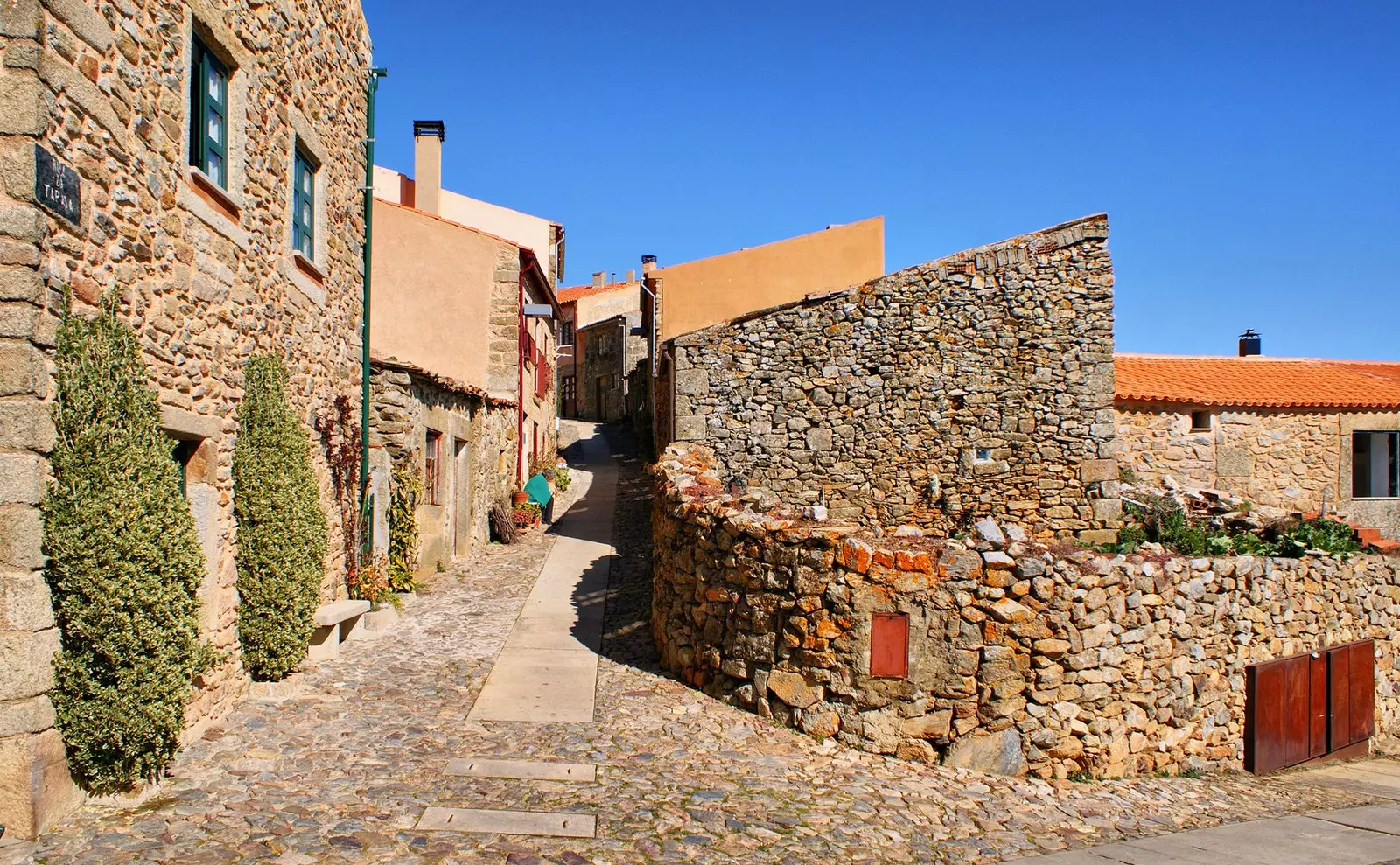
Coquettish street in Castelo Rodrigo
We spend the night again in Guarda to dawn our second day just 40 minutes from the next historic village that we will visit: Sortelha. It is one of the jewels of the historic villages, a walled complex erected on a massif of stone, without vehicular traffic and with a perfectly preserved architecture.
The location of the houses defies the irregularity of the terrain, piling up between gigantic stones or rising above them. A fairytale place where barely 10 people reside. From its castle we can see the picture of red roofs that draws the population and all the vast surrounding territory, with the Serra da Estrela in the distance.
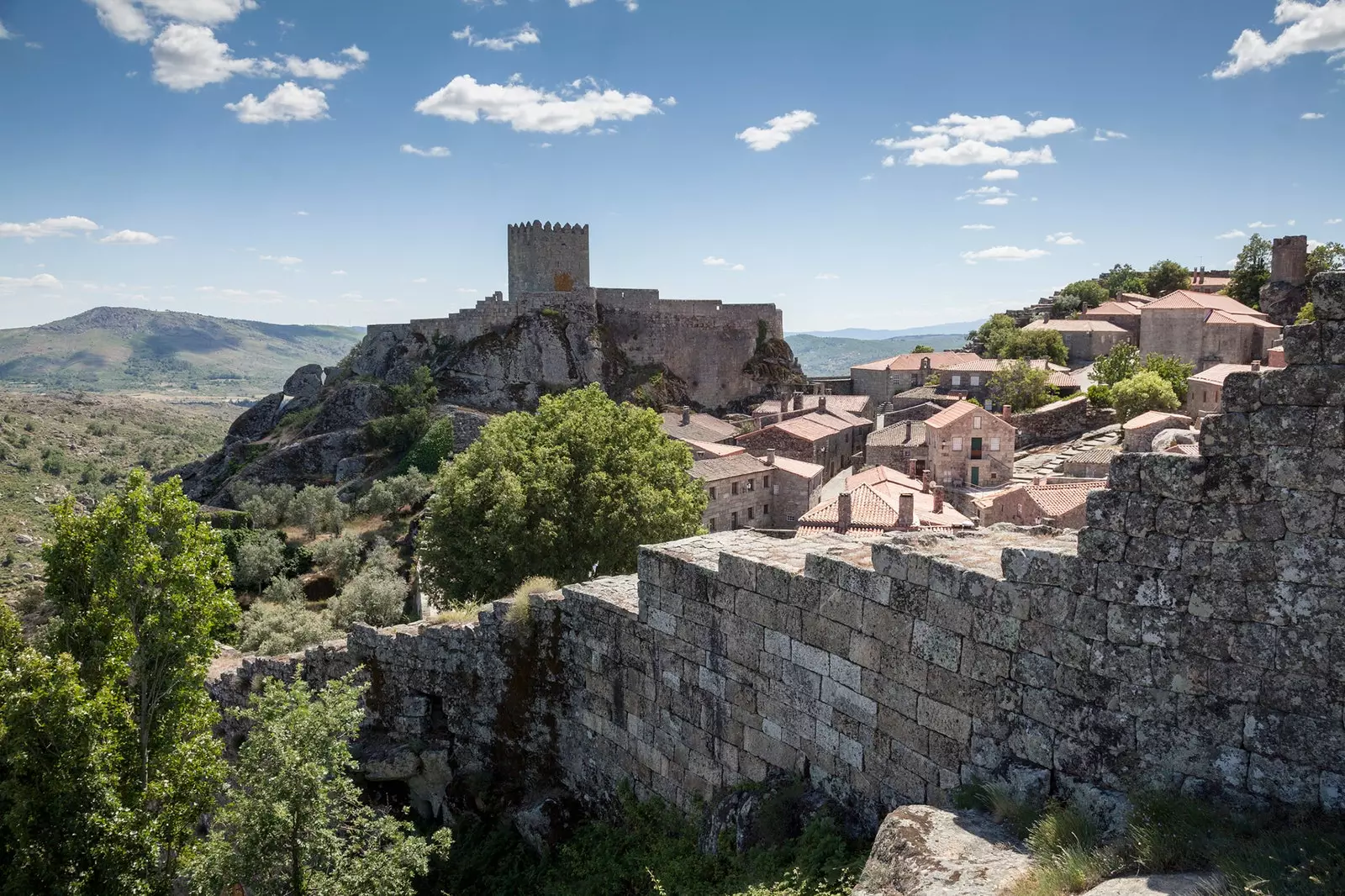
Sortelha
Going down a gentle hill accompanied by a spectacular landscape, we arrive at Belmonte . In this town survives one of the most fascinating Jewish communities in Europe since it sinks its roots in the period of persecution of the Inquisition and has persisted until today thanks to the protection that the locals of Belmonte offered them during the darkest moments of persecution.
We can walk through the streets of the Jewish quarter, where we will be surprised by a small synagogue that is still active today and is a meeting place for the community and to visit the Museum of Judaism to discover this unpublished and unknown story.
The discoverer of Brazil came from Belmonte, Pedro Alvares Cabral . An imposing statue reminds him along with the interesting Discovery Museum.
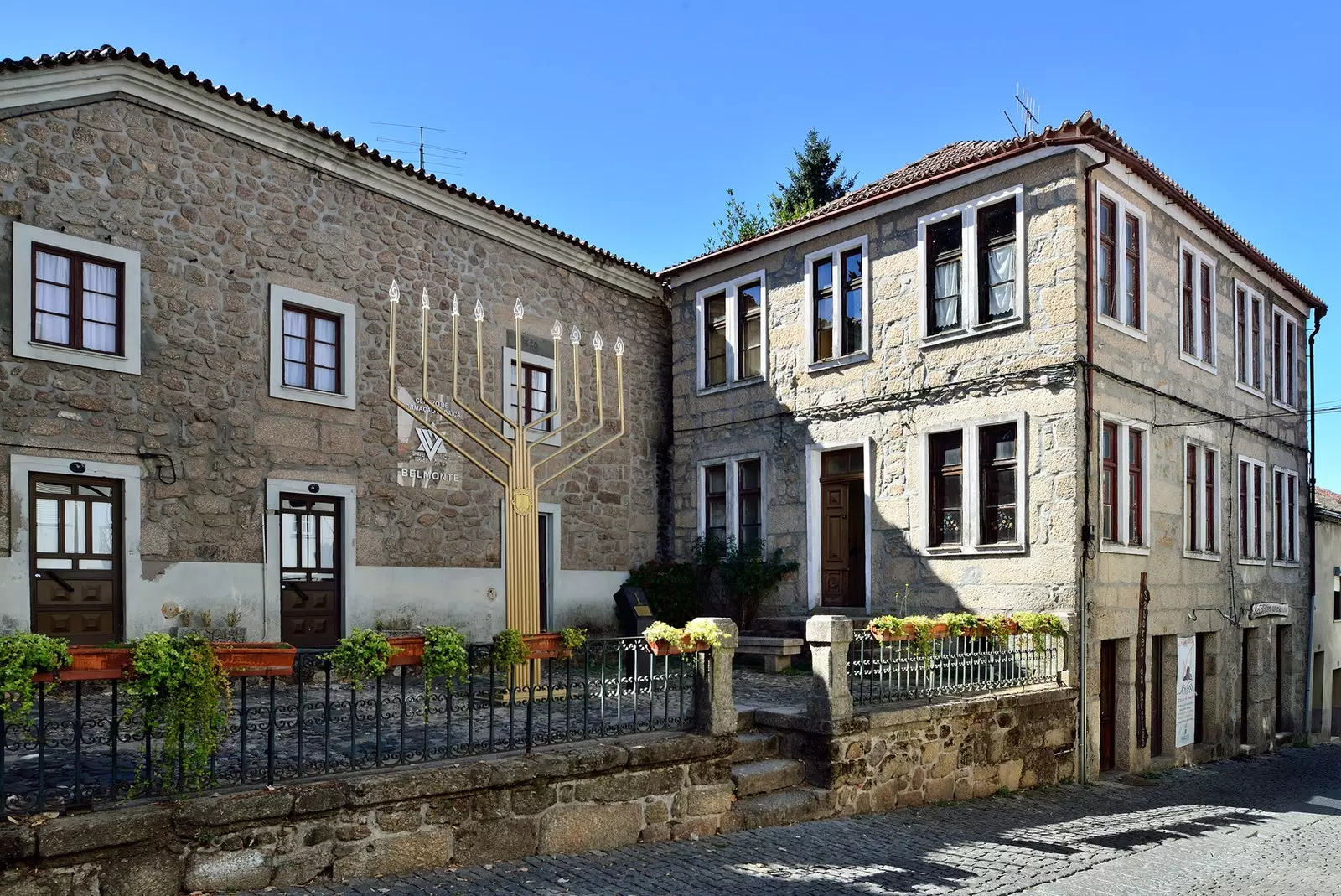
Belmonte Judaism Museum
Time to eat. We approach the skirts of the Serra da Estrela . In the little village of São Miguel, Vallecula Restaurant He will welcome us with open arms. A small tavern with a medieval look where you can eat like a fable.
The route to get there begins to recover the green that we had lost as we approached the Spanish border. We could be in Asturias.
Our farewell to the Historic Villages is through the front door. We can settle into the car for a long, winding and fascinating drive to the historic village of **Piódão**. It's 90 km. following the giddy N-230 literally penetrating the territory and leaving behind beautiful and remote mountain villages. The trip will take us an hour and a half through mountains, canyons and valleys with all kinds of landscapes. It is, in itself, a gift.
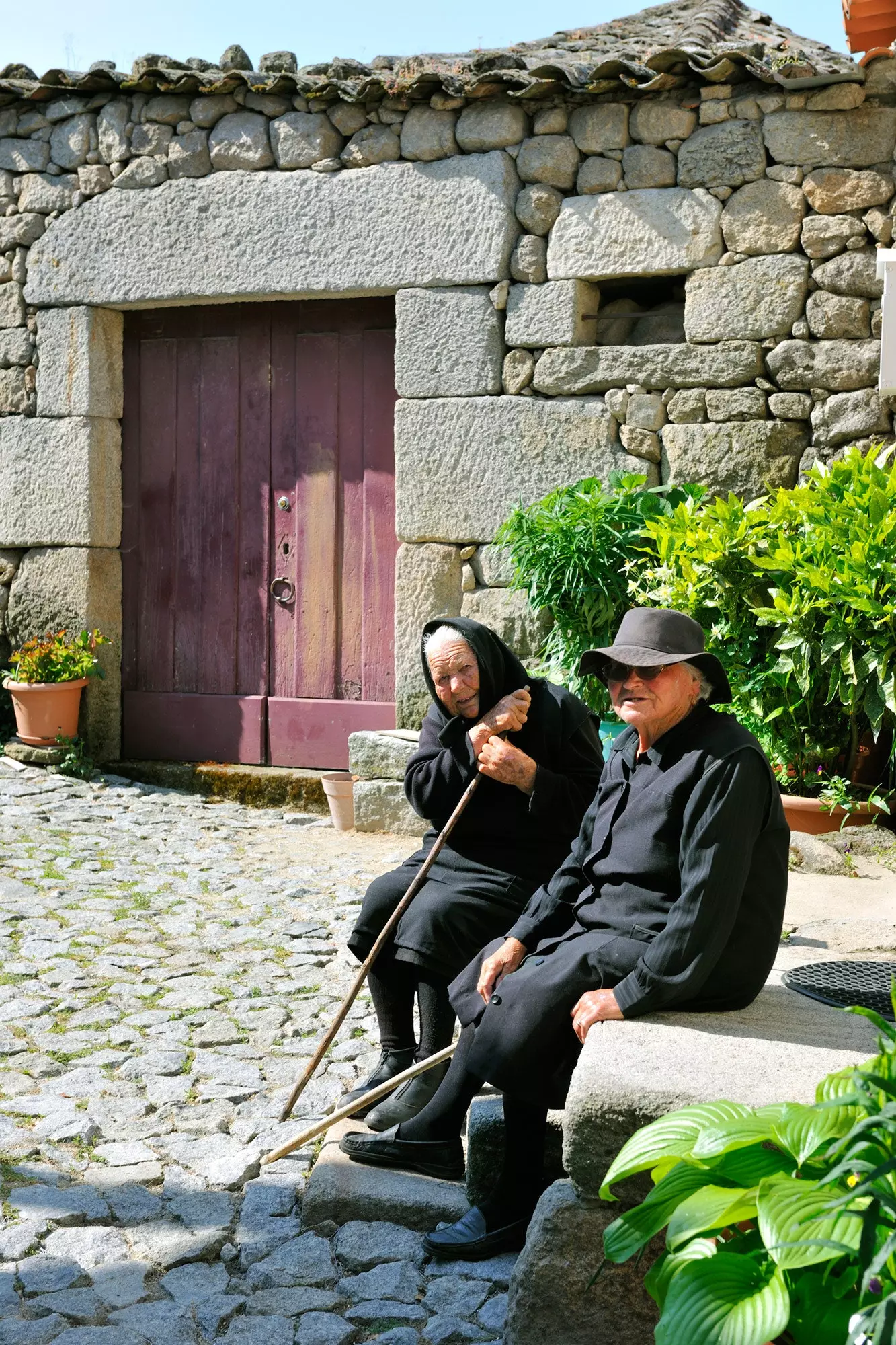
Neighbors of Marialva
The reward is ** Piódão **, a magical place perched on the Serra do Açor. The houses, surrounded by terraces and in the middle of slopes, adapt and huddle up to the highest part.
They all have slate roofs and they have unanimously decided to paint their doors and windows blue. Piodao does not need fortresses to defend itself, nature is its best wall. Park the car and go through all the streets. We cannot think of a better climax to the trip.
*_Germán Sierra, Communication Executive of Rural Escape _
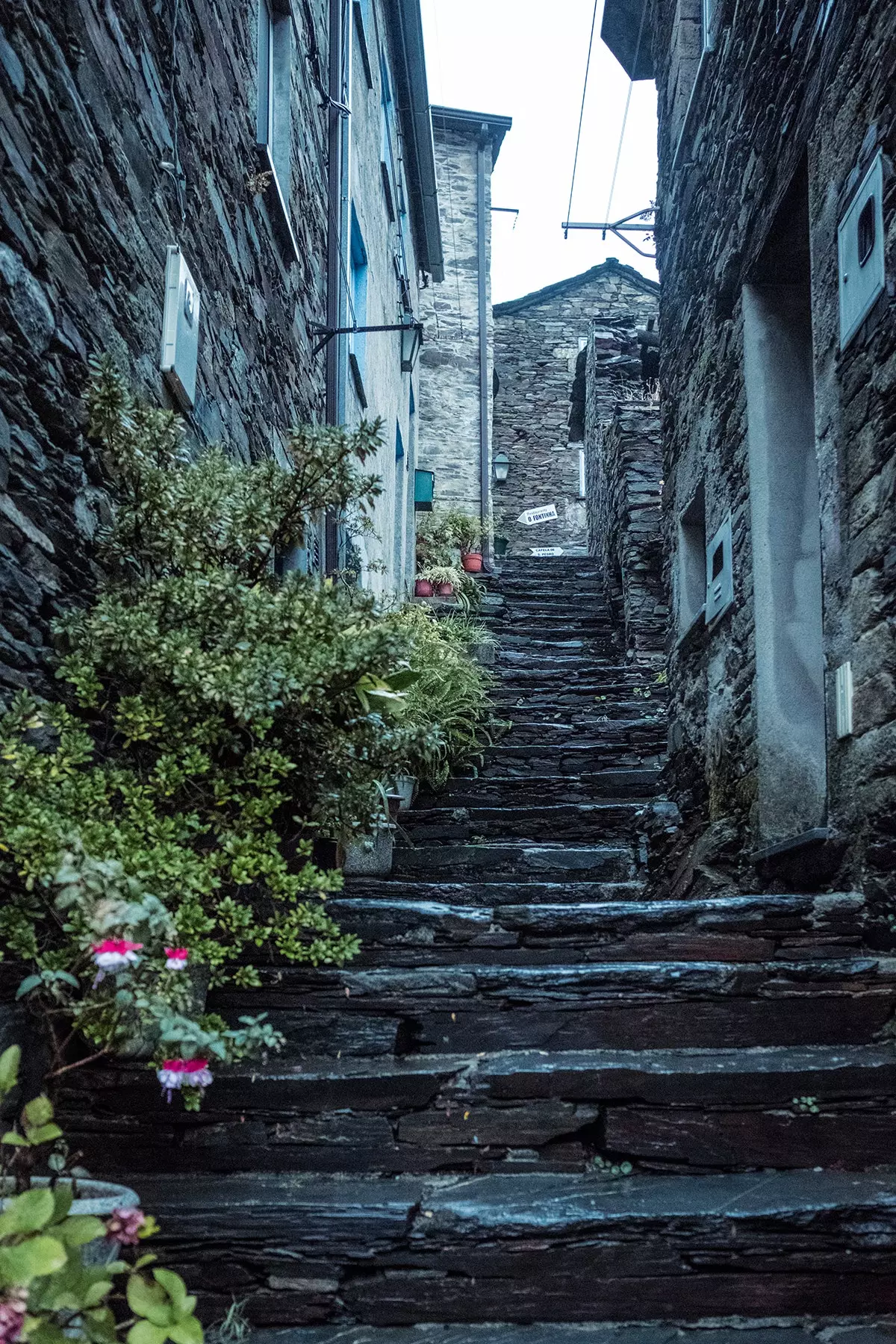
Alleys Piodao
